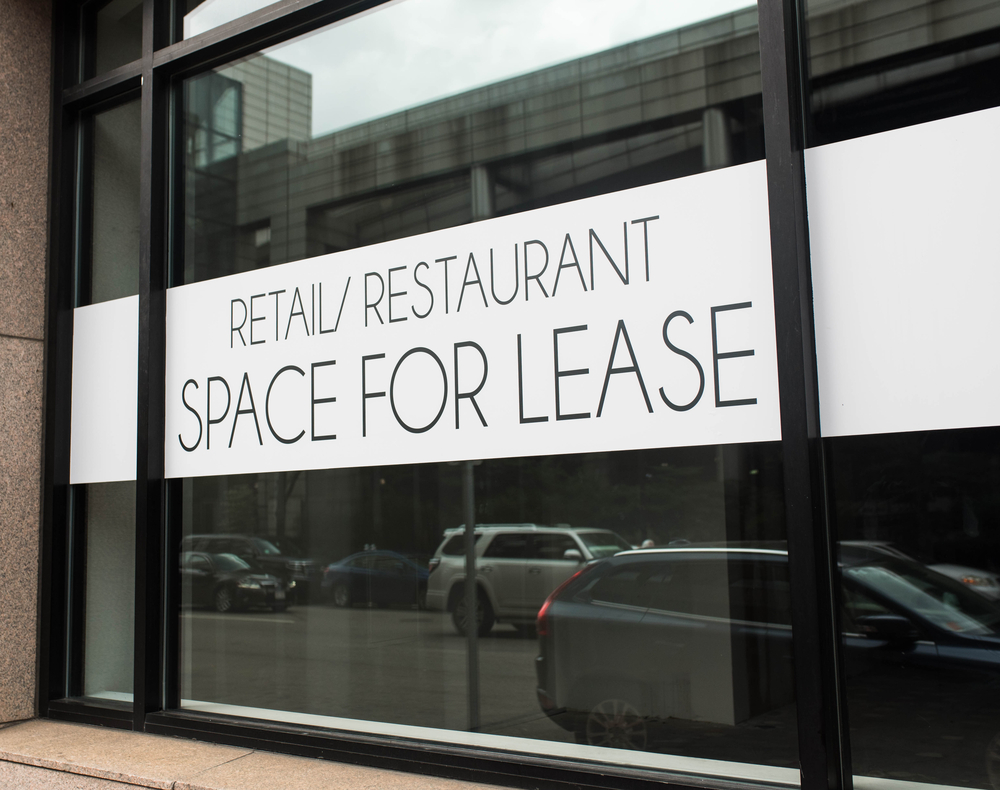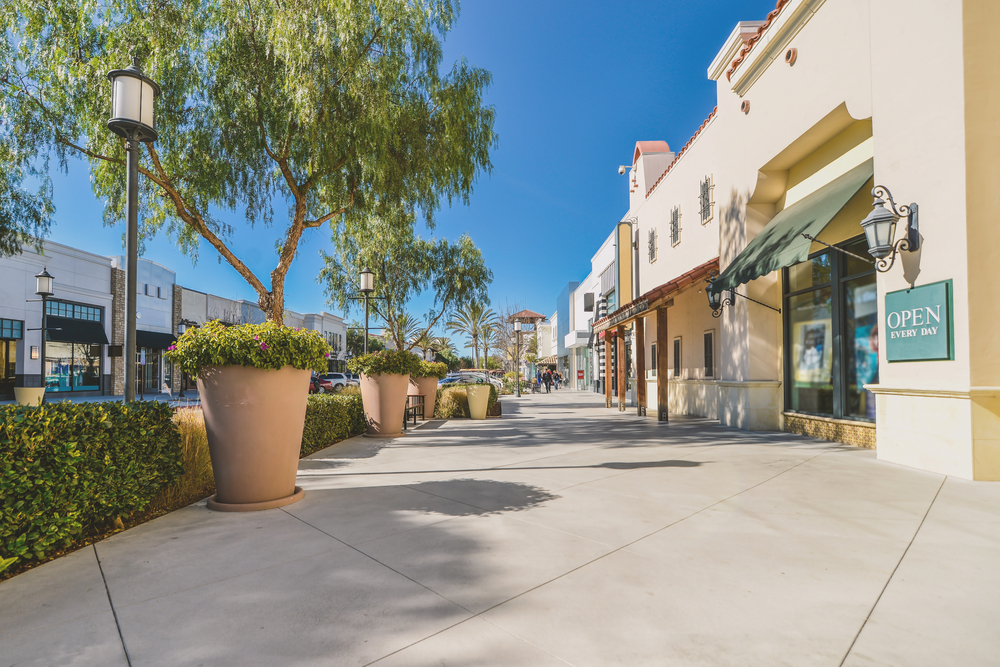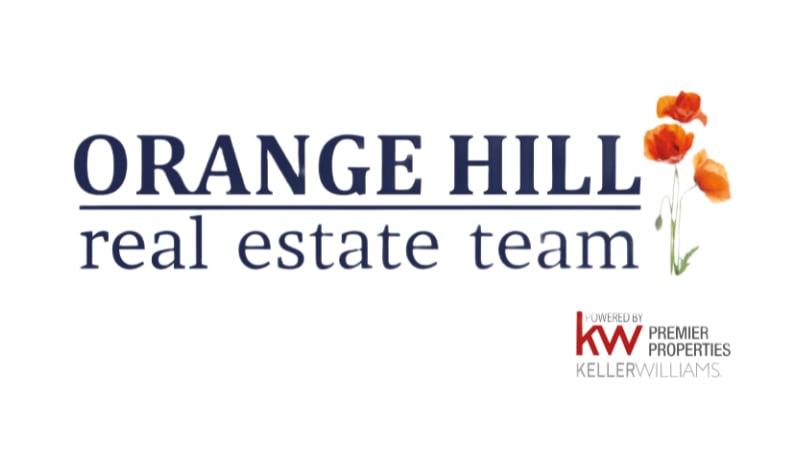California's once-thriving retail spaces are facing an existential challenge—with the rise of e-commerce and evolving consumer habits, vacancy rates in traditional retail areas continue to rise. However, these challenges present a unique opportunity to reinvent and breathe new life into these spaces. Enter adaptive reuse strategies, a creative approach that repurposes old retail sites into vibrant community hubs, providing economic, social, and environmental benefits. In this blog, we'll explore how adaptive reuse strategies are revitalizing California's retail spaces, making them more sustainable and community-oriented.
The Need for Adaptive Reuse in California's Retail Landscape
The retail industry is undergoing a seismic transformation driven by technological innovations and changing consumer preferences. In California, a state known for its robust retail scene, this transformation has led to an increasing number of vacant retail spaces. These empty storefronts and malls, left in the wake of e-commerce growth, are ripe for adaptive reuse—a process of repurposing existing structures for new uses while preserving their historical and architectural value. Adaptive reuse offers a solution that is not only economically viable but also environmentally conscious, as it reduces the need for new construction and resource consumption.
Adaptive reuse also aligns with California’s commitment to sustainability. By repurposing existing buildings, communities can reduce urban sprawl, lower carbon footprints, and conserve resources. As California continues to lead in sustainability initiatives, adaptive reuse serves as a natural extension of the state’s green goals, enabling cities to maintain their unique identities while addressing contemporary needs.

Transforming Vacant Retail into Mixed-Use Developments
Mixed-use developments are at the forefront of the adaptive reuse movement, turning underutilized retail spaces into thriving districts that combine housing, dining, shopping, offices, and community spaces in a single location. This strategy not only revitalizes neighborhoods but also fosters a sense of community by encouraging social interaction and pedestrian-friendly environments.
Retail outlets like malls and big box stores, when reimagined as mixed-use developments, can contribute to urban regeneration. By infusing residential and commercial units into these areas, cities can attract new residents and businesses, driving economic growth. Additionally, these developments can be tailored to meet the needs of the immediate community, incorporating local retail stores, co-working spaces, fitness centers, and cultural amenities.
Embracing Innovative Design for Urban Agriculture and Green Spaces
Adaptive reuse isn’t just about functionality; it’s also about innovation and creativity. One emerging trend is the incorporation of urban agriculture and green spaces into redeveloped retail areas. Roof gardens, vertical farms, and community gardens can transform monotonous concrete landscapes into lively, green spaces that promote sustainability and food security.
For example, transforming an old mall into an urban farming hub can provide fresh produce to the community, reduce food miles, and create green jobs. These green spaces also offer residents recreational areas that improve quality of life and enhance urban biodiversity. Given California's mild climate and emphasis on environmental stewardship, integrating green infrastructure into retail redevelopment projects is a smart and sustainable approach.

Revitalization Through Arts, Culture, and Innovation Hubs
Beyond commerce and sustainability, adaptive reuse strategies can also boost local culture and innovation by converting vacant retail spaces into art studios, galleries, cultural centers, or tech incubators. Such transformations not only preserve the architectural heritage of buildings but also foster local talent and creativity, offering cultural and economic advantages.
In communities where traditional retail is no longer viable, creating spaces dedicated to arts and innovation can help attract a diverse range of visitors and residents. This includes artists, startups, and entrepreneurs who are looking for affordable spaces to collaborate and showcase their work. By creating these cultural and innovative ecosystems, cities can diversify their economies, enhance cultural offerings, and increase their appeal to younger, forward-thinking demographics.
Insight:
As California continues to deal with the challenges of vacant retail spaces, adaptive reuse presents a transformative solution—turning liabilities into assets while fostering economic rejuvenation, environmental sustainability, and cultural vitality. By embracing adaptive reuse strategies, California cities can redefine their urban landscapes, making them more resilient and vibrant.
We invite you to join the movement in revitalizing California's retail spaces. Discover how you can get involved, whether it's supporting local initiatives, investing in adaptive reuse projects, or simply learning more about how these strategies can impact your community. Explore our in-depth resources or connect with us to take action and contribute to a sustainable future for California!


